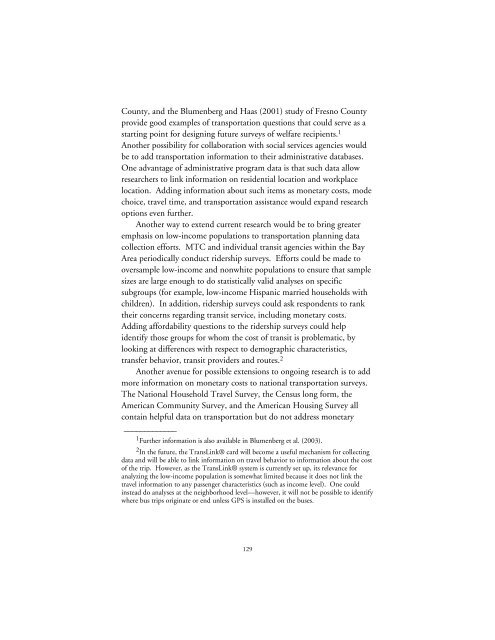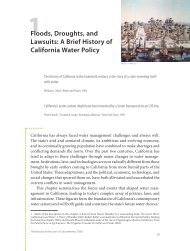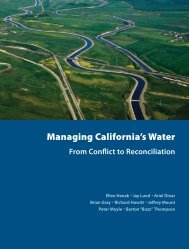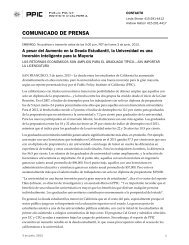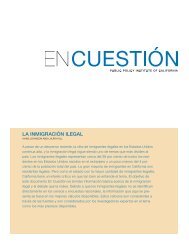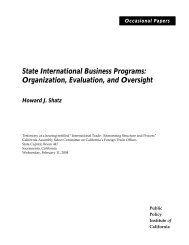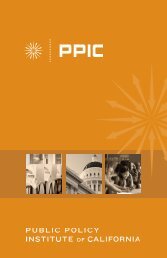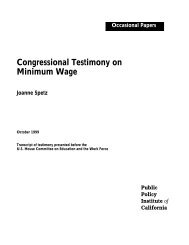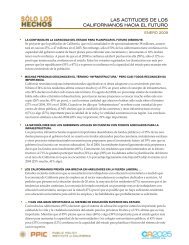Transportation Spending by Low-Income California Households ...
Transportation Spending by Low-Income California Households ...
Transportation Spending by Low-Income California Households ...
Create successful ePaper yourself
Turn your PDF publications into a flip-book with our unique Google optimized e-Paper software.
County, and the Blumenberg and Haas (2001) study of Fresno County<br />
provide good examples of transportation questions that could serve as a<br />
starting point for designing future surveys of welfare recipients. 1<br />
Another possibility for collaboration with social services agencies would<br />
be to add transportation information to their administrative databases.<br />
One advantage of administrative program data is that such data allow<br />
researchers to link information on residential location and workplace<br />
location. Adding information about such items as monetary costs, mode<br />
choice, travel time, and transportation assistance would expand research<br />
options even further.<br />
Another way to extend current research would be to bring greater<br />
emphasis on low-income populations to transportation planning data<br />
collection efforts. MTC and individual transit agencies within the Bay<br />
Area periodically conduct ridership surveys. Efforts could be made to<br />
oversample low-income and nonwhite populations to ensure that sample<br />
sizes are large enough to do statistically valid analyses on specific<br />
subgroups (for example, low-income Hispanic married households with<br />
children). In addition, ridership surveys could ask respondents to rank<br />
their concerns regarding transit service, including monetary costs.<br />
Adding affordability questions to the ridership surveys could help<br />
identify those groups for whom the cost of transit is problematic, <strong>by</strong><br />
looking at differences with respect to demographic characteristics,<br />
transfer behavior, transit providers and routes. 2<br />
Another avenue for possible extensions to ongoing research is to add<br />
more information on monetary costs to national transportation surveys.<br />
The National Household Travel Survey, the Census long form, the<br />
American Community Survey, and the American Housing Survey all<br />
contain helpful data on transportation but do not address monetary<br />
_____________<br />
1 Further information is also available in Blumenberg et al. (2003).<br />
2 In the future, the TransLink® card will become a useful mechanism for collecting<br />
data and will be able to link information on travel behavior to information about the cost<br />
of the trip. However, as the TransLink® system is currently set up, its relevance for<br />
analyzing the low-income population is somewhat limited because it does not link the<br />
travel information to any passenger characteristics (such as income level). One could<br />
instead do analyses at the neighborhood level—however, it will not be possible to identify<br />
where bus trips originate or end unless GPS is installed on the buses.<br />
129


